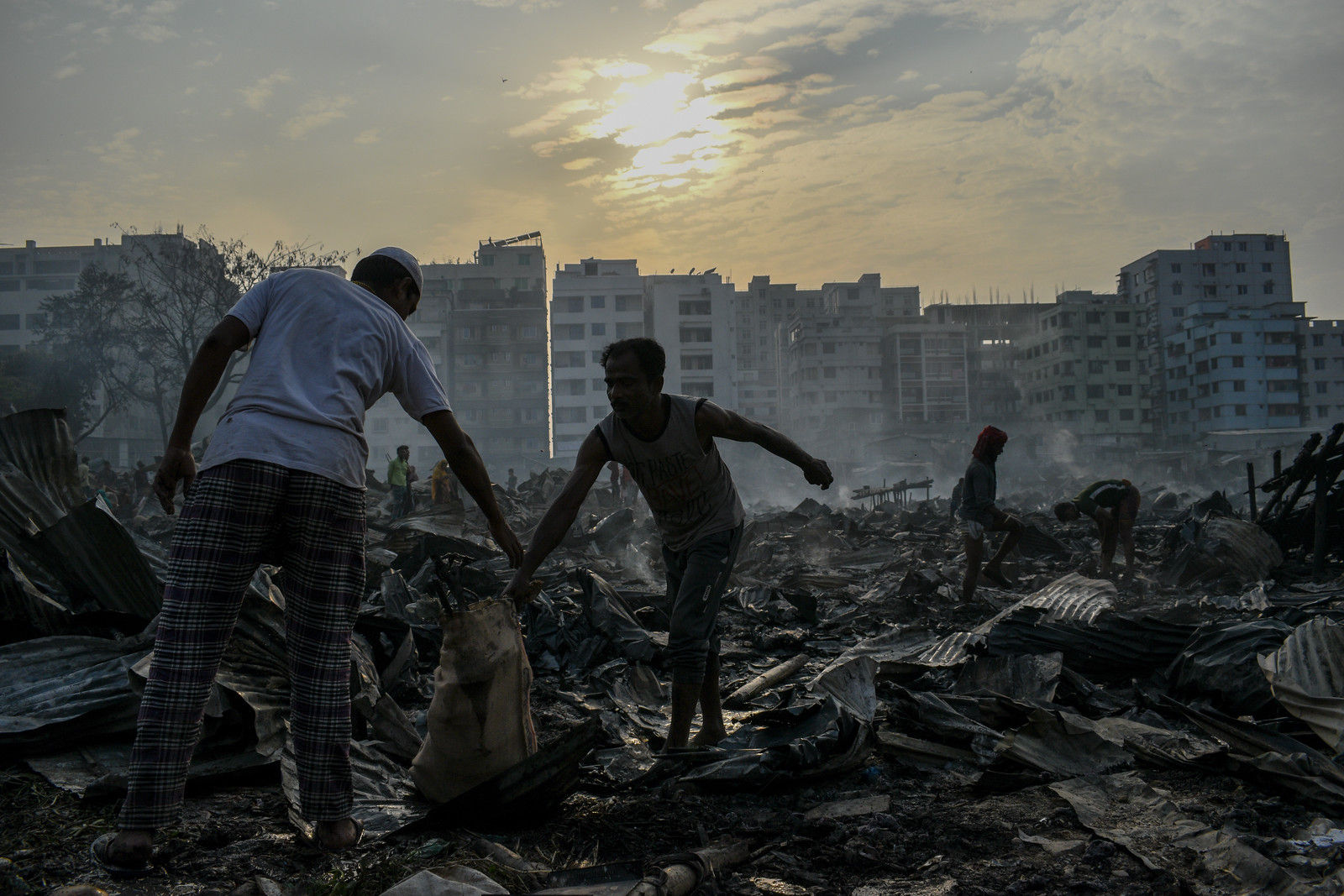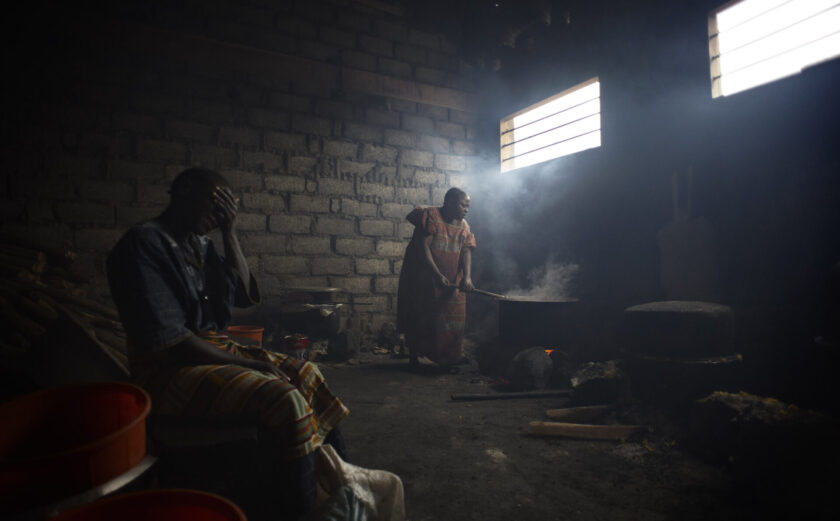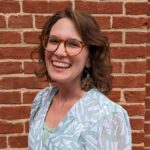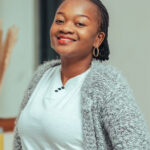
Six Practical Measures That Reduce And Respond To Conflict-Induced Displacement
It is impossible to fully prevent displacement in armed conflict, particularly when military operations are carried out in populated areas.
People’s safest option may be to flee areas where active fighting is taking place, and every effort must be made to ensure that this is done in a safe manner, as envisaged in international humanitarian law (IHL).
However, displacement is not inevitable. The fear, the death and injury to civilians, the destruction of homes and public services, and the consequent food insecurity that typically drive displacement are foreseeable and preventable. Preventing forced displacement—and avoiding further harm during displacement—requires, in large part, changing how military operations are conducted.
On March 11th, InterAction was invited to participate in a virtual consultation on the peace and security dimensions of addressing internal displacement by the U.N. High-Level Panel on Internal Displacement. InterAction’s statement highlights six concrete steps that Member States can undertake to avoid conflict-induced displacement.
1. Create national policies to minimize and respond to displacement
States should develop national protection of civilians policies that address the conduct of national security forces to minimize civilian harm and include specific measures to avoid causing displacement.
2. Work with NGOs and conflict-affected communities
Protection of civilians policy should be developed by civilian policymakers and military forces in consultation with civil society and affected communities. This process can catalyze an essential national dialogue on the civilian experience of armed conflict, the causes and consequences of displacement, and the means of minimizing civilian harm in military operations. Such an initiative may thus also serve as an important confidence- and peace-building measure.
3. Avoid destruction of civilian homes, livelihoods, and critical infrastructure
States should require their military forces to anticipate the potential knock-on effects of damage to civilian property, public services, and civilian infrastructure—these knock-on effects include, for example, protracted displacement, public health crises, and food insecurity. These indirect effects should be factored into military planning and operations in order to minimize foreseeable harm. They should also commit to avoiding the use of explosive weapons, particularly those with wide-area effects, in populated areas.
4. Acknowledge and respond to harm resulting from military operations
States should commit to acknowledging harm resulting from military operations and establishing measures to provide amends, redress, and restitution to displaced people and others who have suffered harm.
5. Learn and incorporate best practices
States should invest in the regular collection of data on displacement and other civilian harm resulting from military operations and commit to carrying out after-action reviews. This should be done with a view to identifying and internalizing lessons to better avoid civilian harm, including displacement, in future military operations.
6. Create a community of practice
A community of practice among States should be cultivated, led by one or two State champions who can share their lessons learned. While also helping to inspire and stimulate policy dialogue at national levels, this community of practice could produce and disseminate a compilation of guidelines and practical measures to avoid causing displacement in armed conflict.
In March 2021, InterAction has submitted detailed recommendations on measures the Panel could pursue to encourage national armed forces to prevent internal displacement in armed conflict and mitigate civilians’ risk when they are displaced. This newest InterAction set of recommendations complements the prior submission made by InterAction’s Protection of Civilians Working Group (PoC W.G.) last May, entitled “Minimizing Civilian Harm in Military Operations.”
Related content:
- An InterAction Forced Displacement Working Group Paper Highlighting Essential Elements for Inclusion In the High-Level Panel on Internal Displacement.
- Displacement and the Protection of Civilians in U.S. Military and Partnered Operations.
- Protection of Civilians in Mosul: Identifying Lessons for Contingency Planning.









